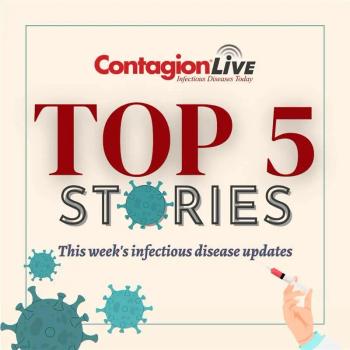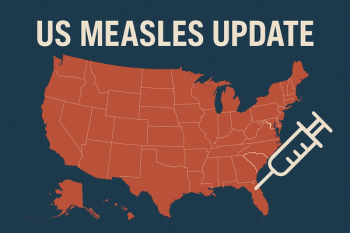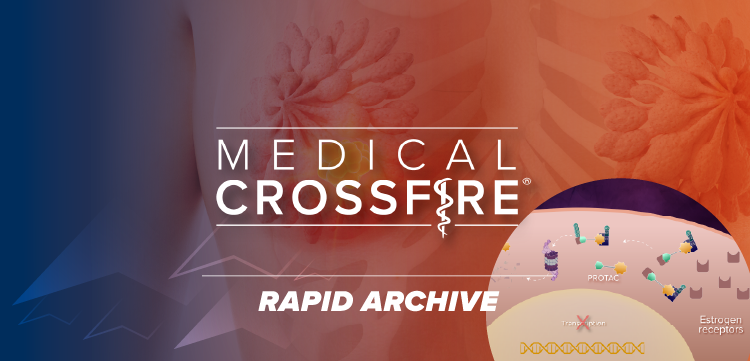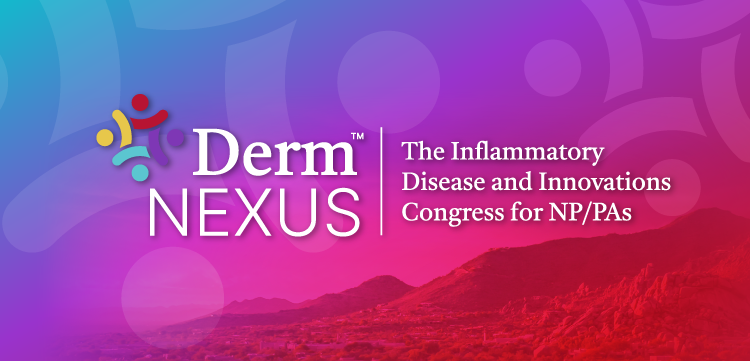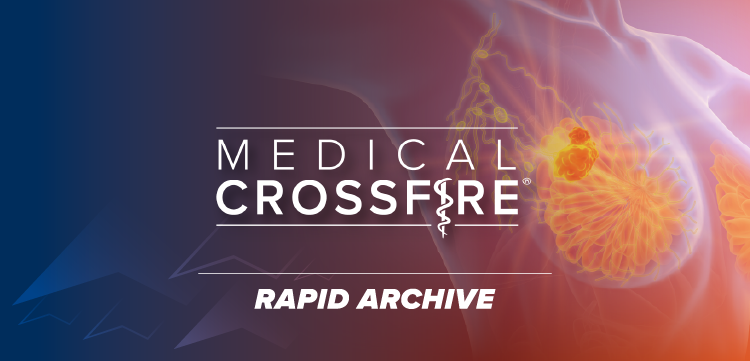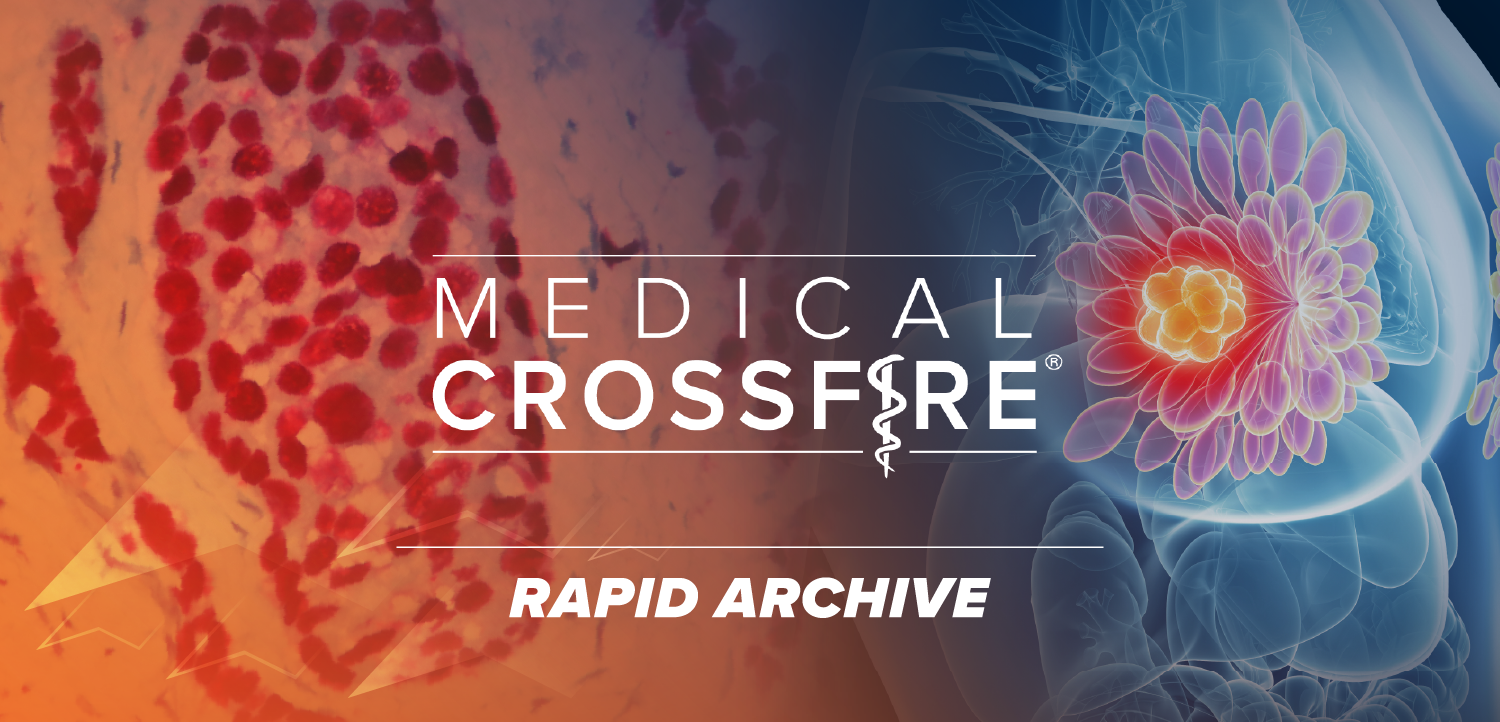At American Society for Microbiology Microbe 2025, investigators from St. Marianna University School of Medicine in Kawasaki, Japan, presented findings from a 10-year retrospective study examining community-onset Clostridioides difficile infection (CDI) among outpatients, a population less studied in the CDI epidemiologic landscape. The study was shared during Session CIV-P-201, which focused on adult infectious diseases.
The research analyzed patients who underwent CDI testing at the institution’s outpatient department between March 2013 and April 2023, including glutamate dehydrogenase (GDH), toxin assays, and nucleic acid amplification tests (NAATs). CDI diagnosis was defined as GDH positive with either toxin or NAAT positivity.
Of 392 GDH/toxin tests, 48 (12.2%) had GDH-positive results and 11 (2.8%) had toxin-positive results. Of 6 GDH-positive/toxin-negative cases tested via NAAT, 3 had positive results, leading to a total of 14 confirmed outpatient CDI cases. These results suggest a CDI positivity rate of 3.6% when including all diagnostic modalities.
The median age of patients with CDI was 75 years (IQR, 29.25-80.75), and 64% were female. The most common underlying condition was gastrointestinal malignancy (21%). According to the MN severity criteria, 57% of infections were mild, 36% were moderate, and 7% were severe. Notably, 93% of patients received treatment, with metronidazole used most frequently (64%), followed by oral vancomycin (21%) and fidaxomicin (7%).
What You Need To Know
CDI can occur in outpatient settings, with 14 cases identified over 10 years using a combination of GDH, toxin, and NAAT testing.
Community-onset healthcare facility-associated CDI patients were older, more likely to be female, and exhibited higher disease severity than community-associated cases.
High rates of PPI use, especially in CO-HCFA-CDI patients, raise concerns about its prolonged role as a CDI risk factor even after discontinuation.
When stratified by infection classification, community-onset health care facility–associated CDI (CO-HCFA-CDI) cases (n = 8) were in older people (median age, 80.5 vs 22 years) and more likely to affect females (75% vs 40%) than community-associated CDI (CA-CDI) cases (n = 5). Disease severity skewed higher in the CO-HCFA group, with 63% presenting with moderate infection and none with severe disease, compared with 20% severe cases in the CA-CDI group.
A notable risk factor was proton pump inhibitor (PPI) use, reported in 75% of patients with CO-HCFA-CDI vs only 20% in the CA-CDI group. Given the known long-term association between PPIs and CDI, even up to a year post discontinuation, this disparity raises ongoing concerns about outpatient PPI overuse and residual infection risk, particularly among older adults with prior health care exposure.
The investigators concluded that NAAT plays a valuable role in confirming CDI in GDH-positive/toxin-negative cases, especially in outpatient settings where rapid, accurate diagnosis is critical. These findings support more vigilant CDI surveillance in nonhospitalized populations, especially those with prior health care contact or ongoing medication risk factors.
Reference
Takano T, Aiba H, Oyanagi T, Takemura H, Kaku M, Kunishima H. A study on community-onset Clostridioides difficile infection. Abstract presented at: American Society for Microbiology Microbe 2025; June 19-23, 2025; Los Angeles, CA. Abstract CIV-P-201.

